Looking at Players Similar to the Blazers’ Jerami Grant
Over the 2025 All-Star Break, we’re going to have a little fun at Blazer’s Edge, and take a look at basketball history through the lens of Portland’s current roster. But we’ll get some support from the fine folks at Basketball Reference.
We covered the full details on Thursday if you’d like to review. The short version: We’re reviewing any Blazers player who has enough experience to generate a “Similarity Score” to other players, and recap those players. The similarity is not based on playing style, just on their impact on wins at their position so far in their career. And of course, it’s imperfect.
Today’s player is Portland’s last big Lillard-era acquisition, Jerami Grant. After trading for him and signing him to a lucrative extension, Grant plays a key role on the modern team. Let’s look at the players ranked as similar to him in terms of on-court impact.
Rodney Rogers (95.4 Similarity Score)
With a shockingly-high similarity score, we should stop to take a closer look at Rodney. The ninth pick of the 1993 NBA Draft, the forward spent 12 years in the league. Drafted by the Nuggets, in his rookie year he played 13 minutes off the bench in the deciding Game 5 of their shocking 1994 upset of the top-seeded Seattle Supersonics. He reached his prime on his third team, where he won Sixth Man of the Year in 2000, teaming with Cliff Robinson and the Suns to reach the second round of the NBA Playoffs. After that, he floated around the league as a capable backup who could cover starting duties when necessary. His biggest claim to fame was hitting the game-winning shot in Game 3 of the Eastern Conference First round, lifting the New Jersey Nets to a win over the Milwaukee Bucks on their way to the NBA Finals. After short stints in Charlotte and Philadelphia, he retired in 2005. But one of his Denver highlights is considered legendary.
Harvey Grant (90.0 Similarity Score)
Genetics are strong! Jerami’s own dad Harvey ranks as having the second-most similar career so far. The brother of Bulls legend Horace, Grant was picked 12th by Washington in 1988 and spent 11 seasons in the league. Three of those were spent in Portland, where he was playing for the Blazers when his son Jerami was born. He developed in his first few years with the Bullets, earning him first-runner-up to Scott Skiles for the 1991 Most Improved Player award. The Blazers traded Kevin Duckworth to Washington for him, replacing now-backup Jerome Kersey in the starting lineup. It didn’t work. His role was slowly reduced, rebounding was an issue, and other players took priority on offense. Three years later, Portland traded him back to Washington as part of a package for Rasheed Wallace. Grant had three years of scoring 18+ per game prior to joining Portland, and the future looked bright, but instead his career stalled and he slowly faded from relevance. After a couple seasons with Washington and Philadelphia, he retired at 33, having played the same total number of seasons (11) that his son Jerami has played so far. Last year, our managing editor Dave Deckard wrote about Harvey’s mostly-forgotten role in Blazers history.
Joe Caldwell (89.3 Similarity Score)
The 2nd pick in 1964, Jumpin’ Joe is one of the few comparisons so far to have their careers split between the ABA and the NBA. He was a key rotation member in both leagues, earning all kinds of accolades: Four All-Star appearances (in an era where those games were a bit easier to reach), a runner-up for Rookie of the Year, and three seasons with votes for MVP, including a fourth-place finish in 1973. But then he was out of the league(s) just 2 years later. Why? Well this is where the story takes a turn. Wikipedia can explain this better.
Caldwell’s contract with Carolina called for him to earn $150,000 per year and another $70,000 deferred for five years. A clause called for him to receive $6,600 per month beginning at age 55. Later, the Carolina owner, Tedd Munchak, sued to try to negate the pension. Caldwell was interviewed on 60 Minutes, who ran a segment on the lawsuit. Caldwell prevailed and received his pension payments beginning in 1996.
During the 1974–75 ABA season, the Carolina franchise had moved to become the St. Louis Spirits. Spirits’ management blamed Caldwell for influencing team star Marvin Barnes to briefly leave the team. Caldwell denied doing this but he was suspended for “activities detrimental to the best interests of professional basketball.” Caldwell never played another professional basketball game. He filed various lawsuits, alleging that he was wrongly blacklisted by the ABA and later the NBA. Tedd Munchak, who was suing Caldwell was now Commissioner of the ABA. Caldwell, who was President of the ABA Players Association, had his case (Caldwell vs. American Basketball Association, 95–1012) go all the way to the Supreme Court.
If not for these incidents, Caldwell’s career may have continued into his late 30s, and he might be more well-remembered in the modern era.
Chris Morris (89.1 Similarity Score)
Another promising player that never seemed to reach his full potential, Morris was selected 4th in the 1988 Draft. He spent his first seven seasons with the New Jersey Nets, and started with earning the third runner-up for Rookie of the Year. The following year he had his career-highs in points, but that’s often bad news for a sophomore. Morris could always score points, but he quickly built the wrong kind of reputation around the NBA, culminating in a 1997 incident on the Jazz where Jerry Sloan had arena security escort Morris off the bench to the locker room. Two years later, he was out of the NBA. He might have lasted longer with a different attitude. Instead of embedding highlights, let’s look at the Chris Morris Experience, featuring his previous coach Bill Fitch.
Kenny Carr (88.8 Similarity Score)
An appearance by another Blazers legend! The 6th pick of the 1977 Draft, Carr spent time with the Lakers, Cavs, and Pistons before being traded to Portland in 1982. He spent five years with the Blazers, finishing third in voting for the 1984 Sixth Man of the Year. Carr was a mainstay in Portland, averaging double-digit points as a serviceable member of the rotation, a bulldog who held his own against anyone. Unfortunately, injuries got the best of him, and he only lasted 10 years in the league before retiring as a Blazer in 1987. Dave Deckard named Carr the 51st most important figure in Blazers history. Unfortunately there are limited highlights from Kenny, so we’re stuck showing a Lakers dunk. And it’s going to annoy you at how much fun they are to watch in the clip.
It’s hard to say if Jerami Grant will outrank Carr’s position of 51st most important Blazers figure. But he still has many years to go, and has plenty of time to improve his rank in Blazers history, if he desires.
Share this content:
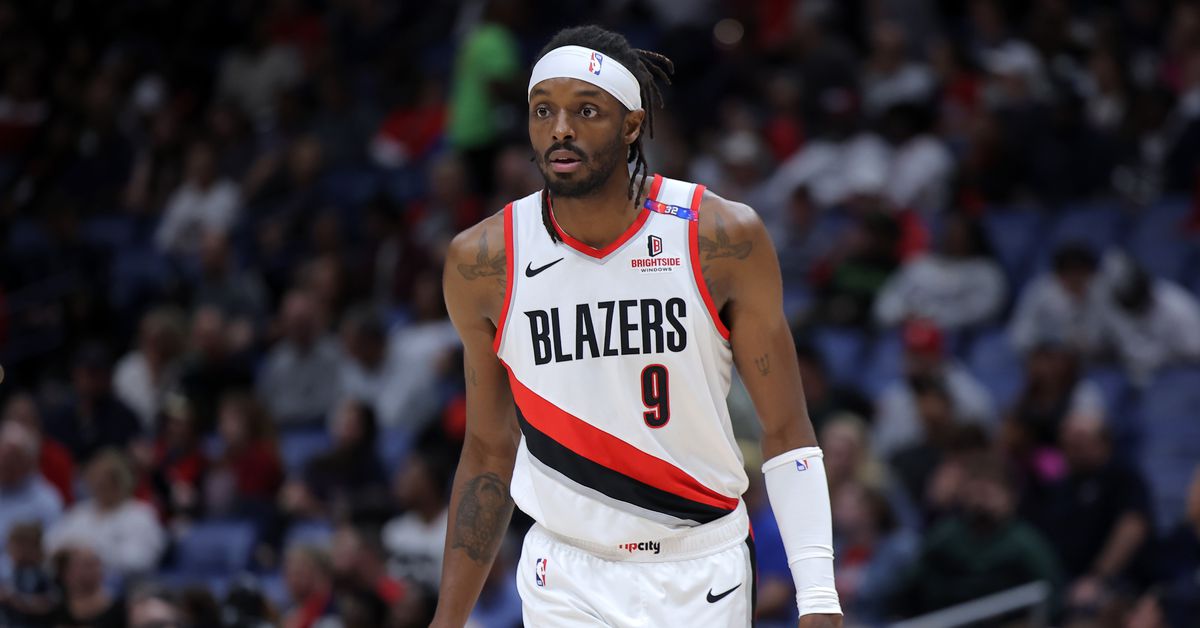

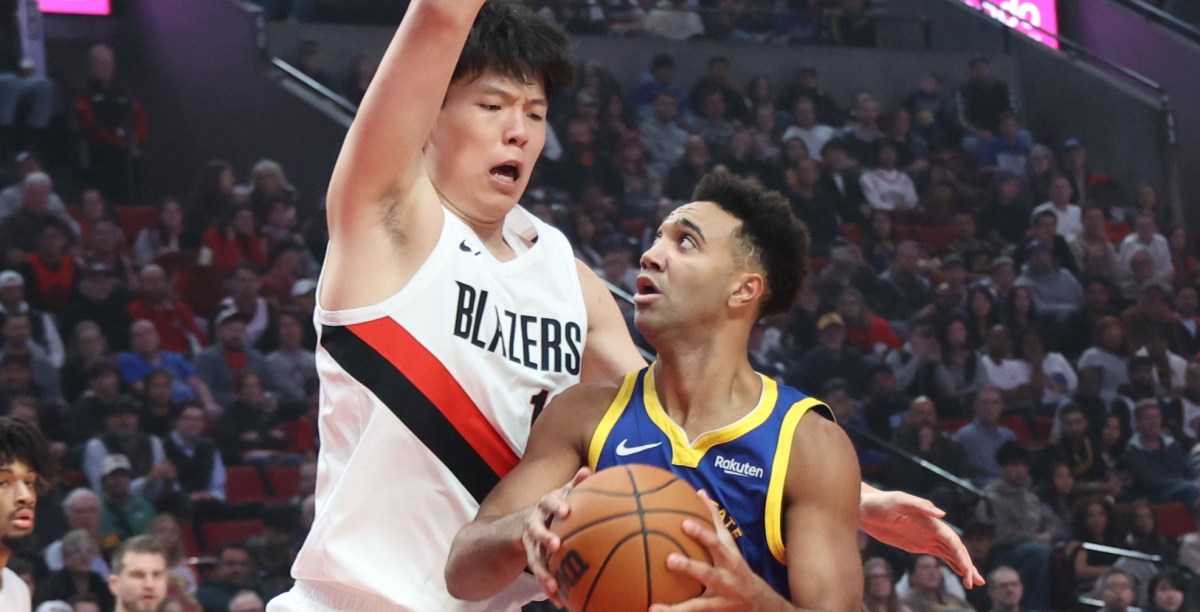
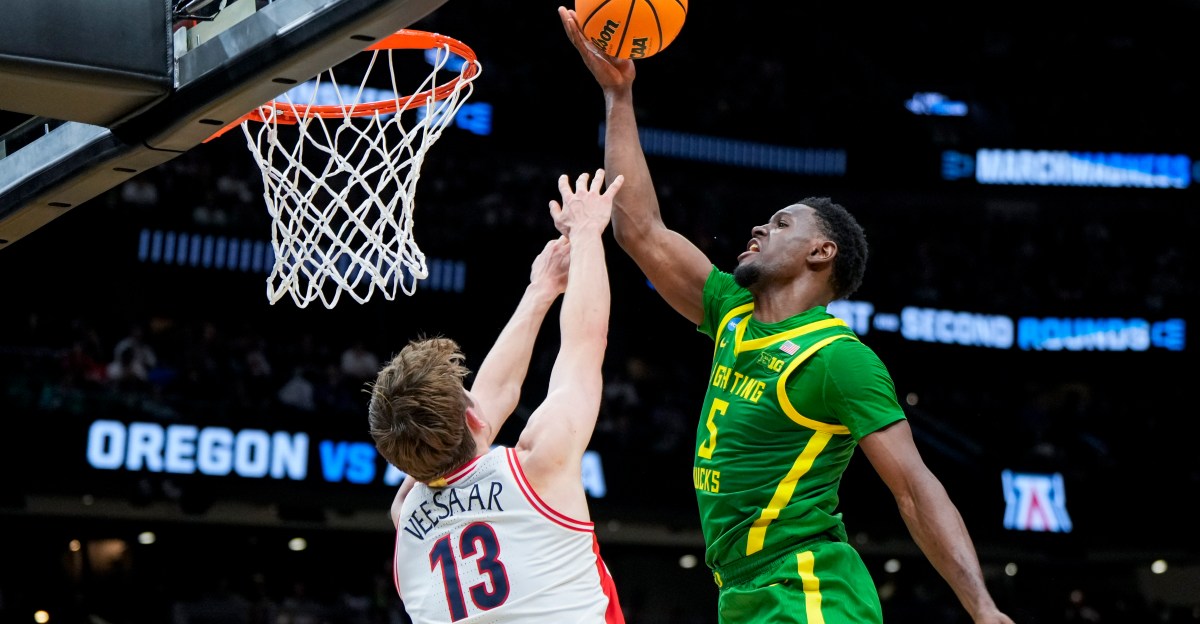
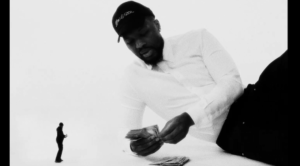


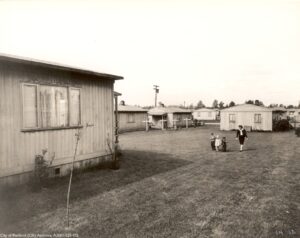
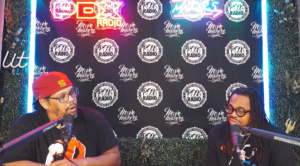





Post Comment